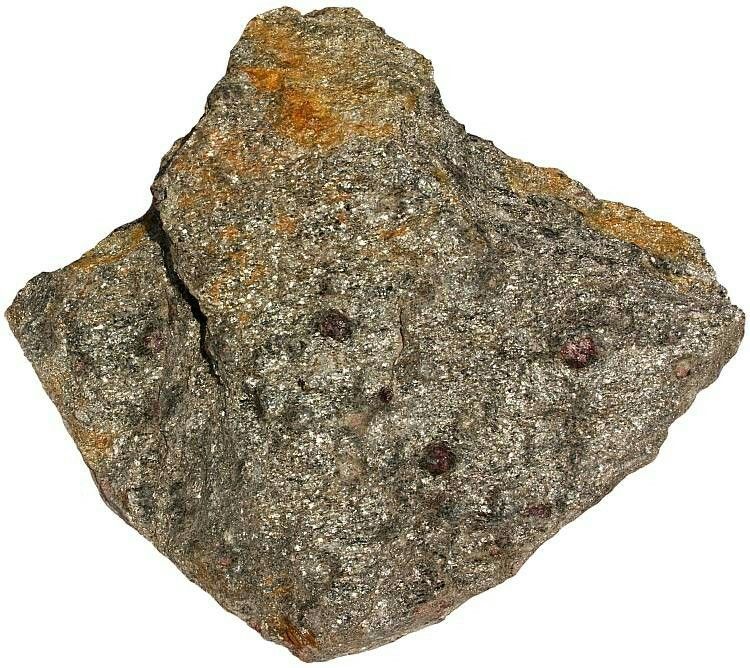Marble Foliated Metamorphic Rock

Most people are surprised to learn that so.
Marble foliated metamorphic rock. Non foliated metamorphic rocks are rocks that have been changed by heat and pressure into rocks with a non layered or banded appearance. Lapis lazuli the famous blue gem material is actually a metamorphic rock. Types of non foliated metamorphic rocks include marble quartzite and hornfels. The pressure applied to the reforming rock causes the differences in the way the rock looks once recrystallized and determines whether it will be foliated or nonfoliated.
Marble is a metamorphic rock that forms when limestone is subjected to the heat and pressure of metamorphism. The original rock is subjected to heat temperatures greater than 150 to 200 c and pressure 100 megapascals 1 000 bar or more causing profound physical or chemical change the protolith may be a sedimentary igneous or existing metamorphic rock. Metamorphic rocks arise from the transformation of existing rock types in a process called metamorphism which means change in form. Soapstone was used by the american indians for tools and implements and is found in.
Marble is commonly used for sculpture and as a building material. If only looking at rock samples in a laboratory one can be sure of the type of metamorphism that produced a foliated metamorphic rock such as schist or gneiss or a hornfels which is unfoliated but one cannot be sure of the type of metamorphism that produced an unfoliated marble or quartzite. Non foliated metamorphic rocks. It is composed primarily of calcium carbonate.
Marble is a non foliated metamorphic rock that is produced from the metamorphism of limestone or dolostone. Some examples of non foliated metamorphic rocks include quartzite marble amphibolite and hornfels. The specimen shown above is about two inches five centimeters across. The major differences between foliated and nonfoliated metamorphic rocks are in the areas of texture appearance and the type of pressure applied during recrystallization.














































